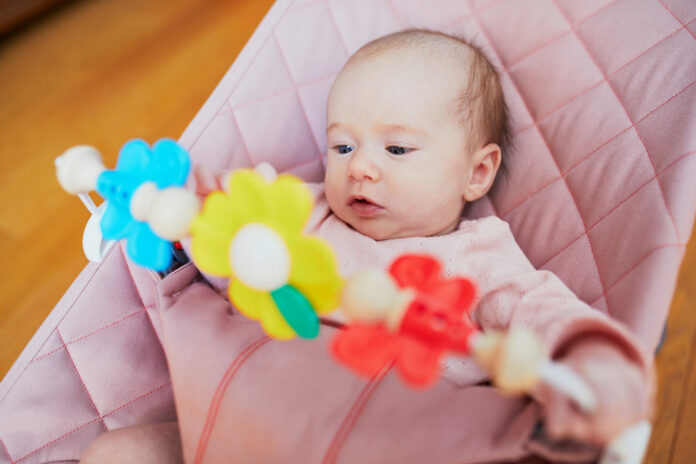In the wake of 73 infant deaths in the US linked to inclined sleepers, experts are urging parents to avoid these devices entirely to ensure the safety of their children. Despite their popularity, the use of inclined sleepers poses significant risks that outweigh any perceived benefits.
Parents often turn to inclined sleepers in an effort to improve their babies’ sleep, driven by a desire to alleviate discomfort from reflux and to reclaim lost sleep for themselves. This practice may mirror what is seen in hospitals, where inclined sleeping positions are sometimes used for specific clinical reasons. However, the continuation of this practice at home lacks substantial evidence of its effectiveness and, more critically, elevates safety risks.
Research has consistently shown that sleeping babies in an inclined position greatly increases the risk of sudden unexplained infant death (SUID). Organizations such as Red Nose, along with the North American and Societies for Pediatric Gastroenterology, Hepatology, the National Institute for Health Care Excellence (NICE) in England, and the American Academy of Pediatrics, all strongly recommend against the use of inclined sleepers. These bodies advocate for supine (back) sleeping as the safest position for all babies, offering optimal airway protection.
Jane Wiggill, Chief Midwife at Red Nose, explains the dangers associated with inclined sleepers: “Sleeping a baby on a surface which is raised or tilted encourages the head to fall forward into a chin to chest position which can lead to suffocation as the airway becomes compressed and obstructed, blocking airflow. Additionally, if a baby were to roll on a tilted surface, there is a risk of becoming trapped or strangled by the harness, or suffocating against the soft base and/or padded sides.”
Wiggill also highlights other hazards such as falls from these devices. She recommends placing babies on their backs to sleep on a firm, flat, and non-tilted surface to ensure the airway functions optimally, thereby minimizing the risk of sudden unexpected death in infancy (SUDI) or sudden infant death syndrome (SIDS).
This stark evidence and expert guidance call for a reevaluation of infant sleep practices, prioritizing safety and evidence-based recommendations over convenience or unfounded beliefs.








